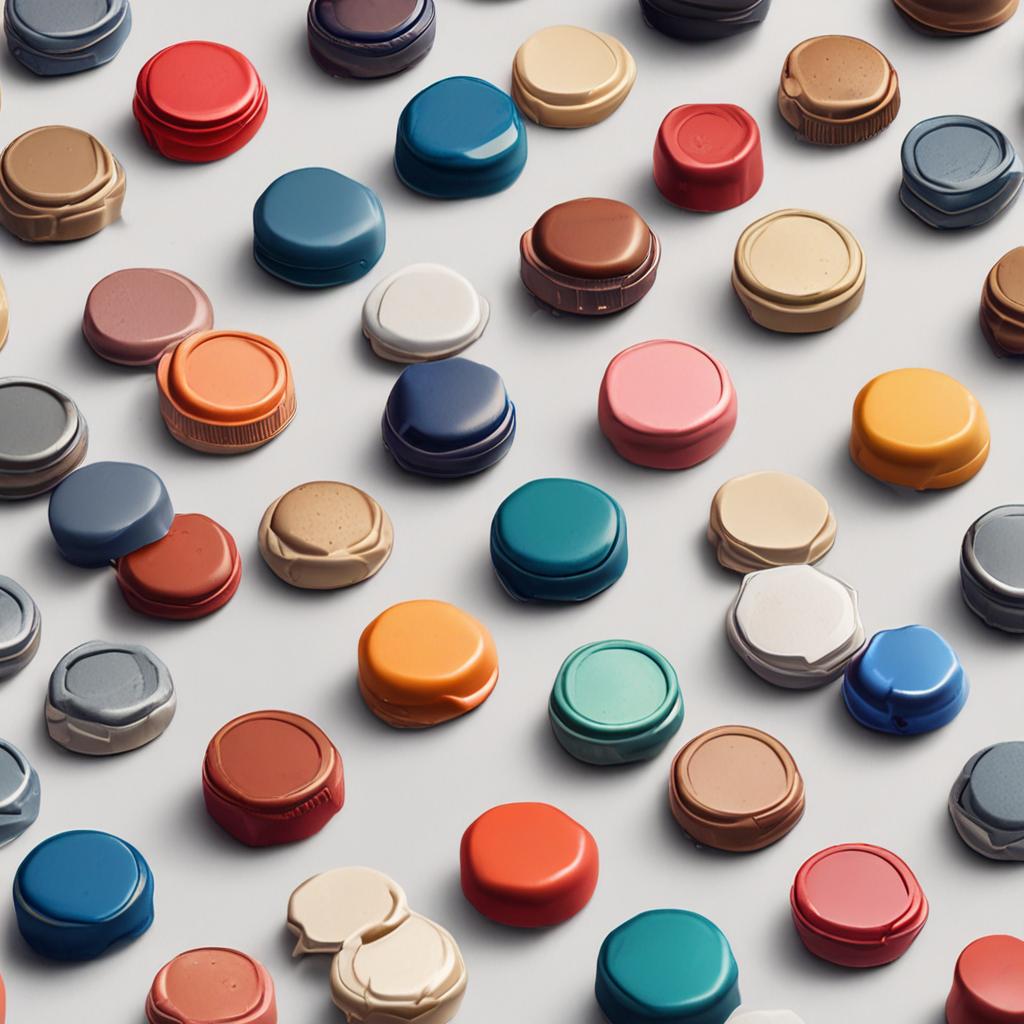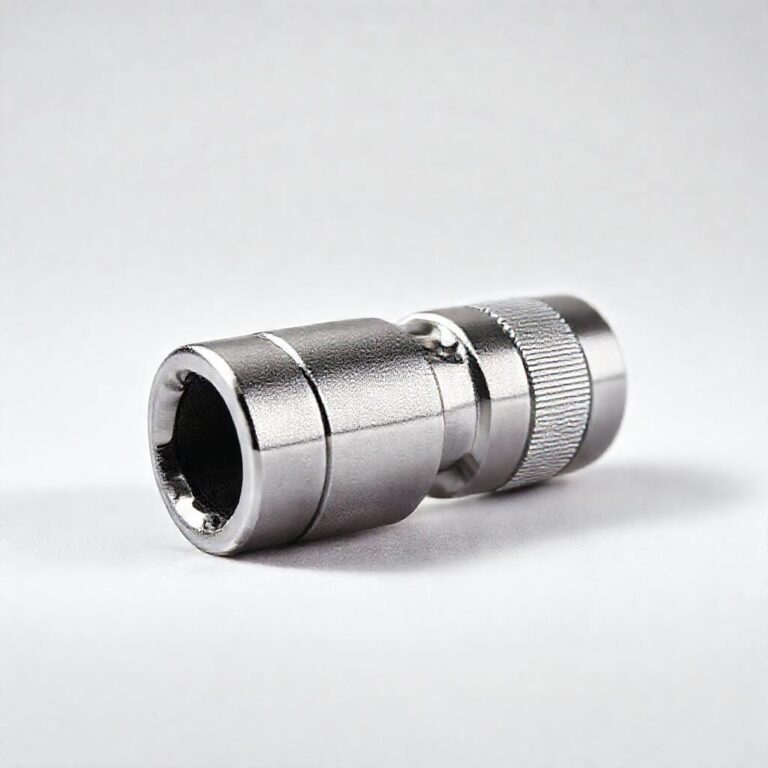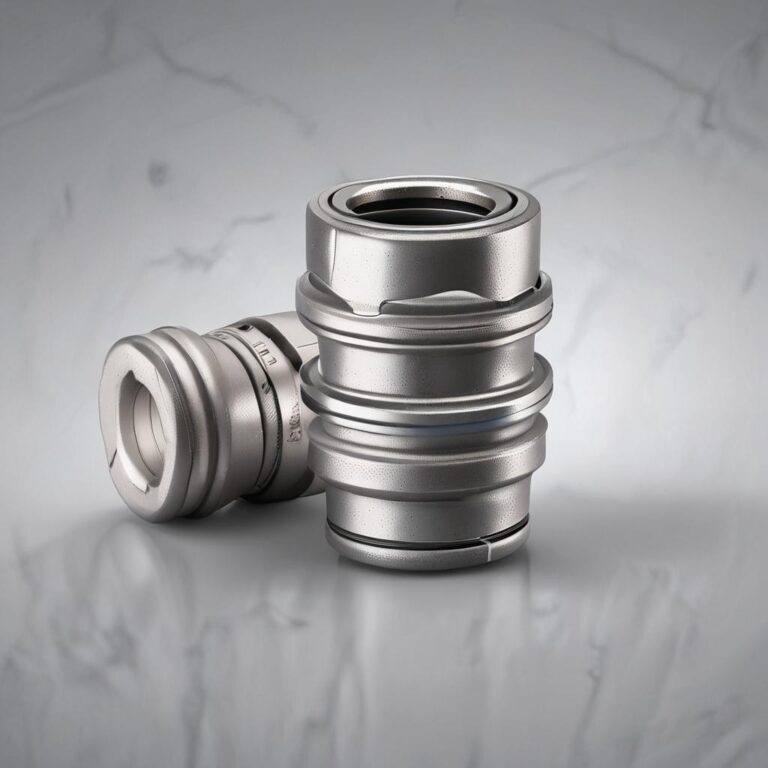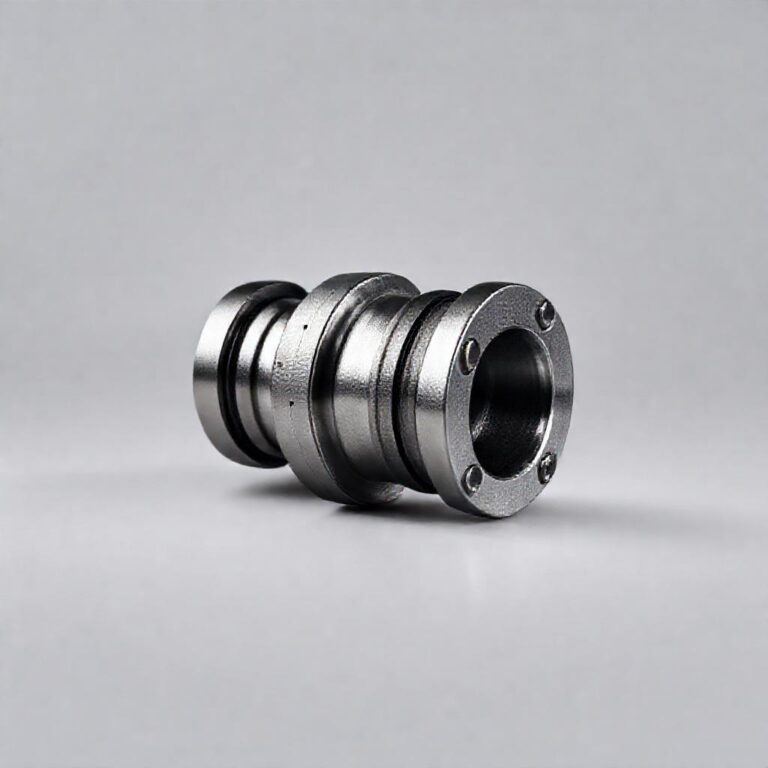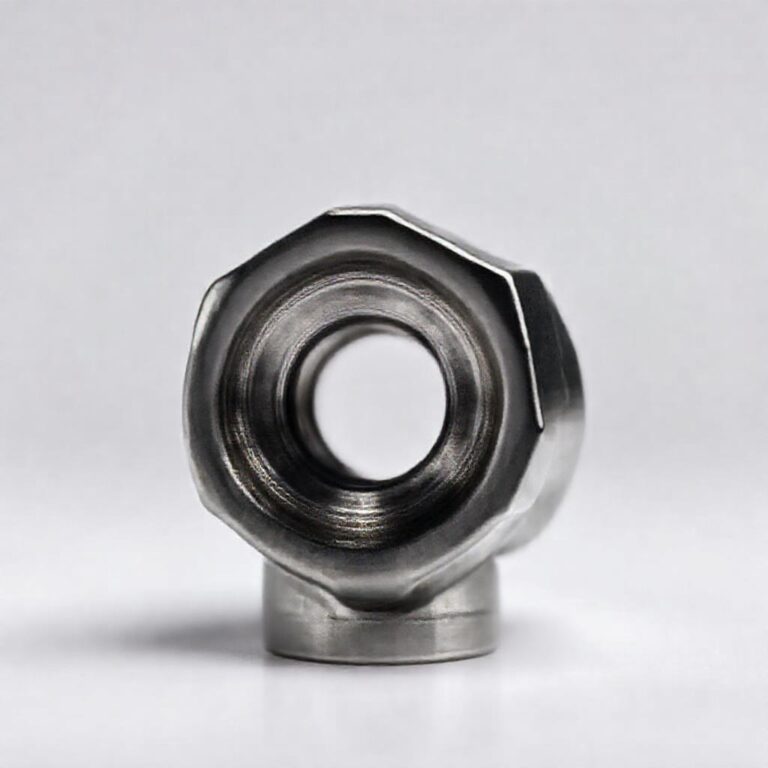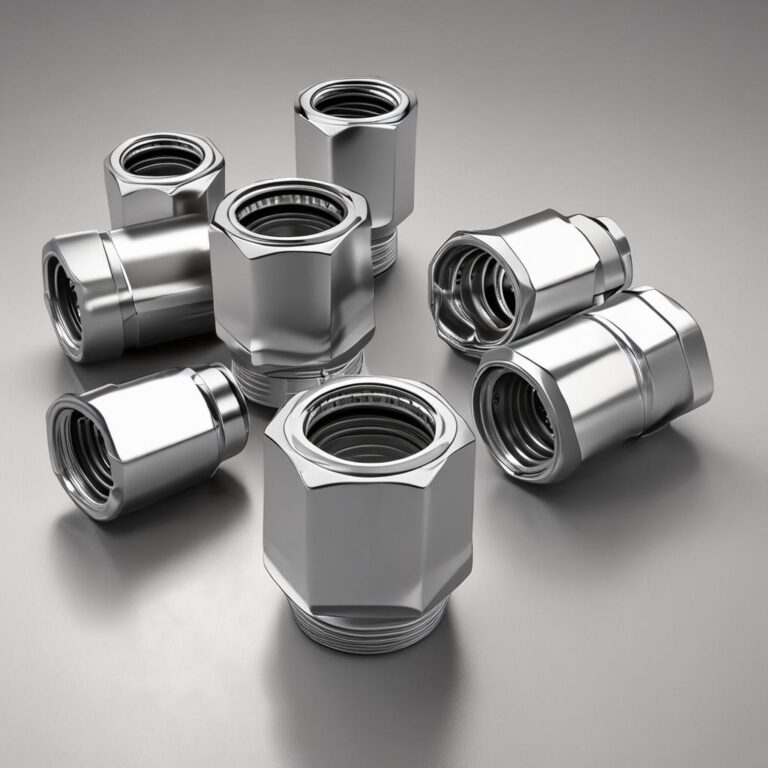Replacement Caps
Replacement caps are essential components used across countless industries to protect, seal, and enhance various products. Whether you need a new cap for a water bottle, a tire valve, or industrial machinery, these small yet critical parts play a big role in maintaining functionality and safety. As wear and tear inevitably occur, the demand for reliable replacement caps continues to grow. From automotive applications to household items, understanding the right type of cap for your needs can save time, money, and frustration.
Step-by-Step Process
Identify Required Caps
Determine the type, size, and material of replacement caps needed.
Source Reliable Supplier
Purchase caps from a trusted manufacturer or distributor.
Inspect for Defects
Check for damage, proper fit, and material consistency.
Prepare Installation Area
Clean and align the area where caps will be installed.
Secure Replacement Caps
Apply caps firmly using appropriate tools or adhesives.
Process infographic for Replacement Caps
What Are Replacement Caps?
Definition and Function
Replacement caps are designed to serve as a suitable substitute for worn-out or damaged caps on bottles, containers, machinery, and other equipment. Their primary function is to provide a secure seal, prevent leaks, and protect contents from contamination or environmental damage.
Common Materials Used
Replacement caps are typically made from materials such as:
- Plastic: Lightweight, cost-effective, and available in various types (e.g., polyethylene, polypropylene).
Types of Replacement Caps
Replacement caps vary based on their applications, including:
- Bottle caps: Used for water bottles, beverages, and cosmetics.
Why Are Replacement Caps Necessary?
Preventing Damage and Leakage
Caps act as a barrier, preventing spillage, contamination, and exposure to external elements. For example, a damaged bottle cap can lead to liquid evaporation or contamination, while a faulty tire valve cap may cause air loss.
Extending Product Lifespan
By replacing worn-out caps, you can prolong the usability of the item they’re attached to. For instance, a new radiator cap ensures proper engine function, while a fresh bottle cap maintains drink freshness.
Aesthetic and Customization Purposes
Replacement caps also offer opportunities for branding and personalization. Custom-colored or logo-embossed caps can enhance the appearance of products, making them ideal for marketing or personal use.
Key Industries That Use Replacement Caps
Automotive Industry
In the automotive sector, replacement caps are used for:
- Tire valve caps to prevent air leaks.
Household Applications
Common household uses include:
- Bottle caps for drinks and personal care products.
Industrial and Manufacturing
Industrial applications include:
- Pipings and machinery caps for sealing.
Medical and Pharmaceutical
In medical fields, replacement caps ensure:

- Sterility and contamination control.
How to Choose the Right Replacement Cap
Compatibility with the Original Cap
Ensure the replacement cap matches the original in size, thread type, and design. Measure the diameter and thread pitch to avoid mismatches.
Material Selection
Consider the environment and application:
- Plastic for lightweight, affordable options.
Customization Options
Personalize caps with:
- Brand logos or text.
Quality and Durability
Opt for high-quality materials to ensure longevity, especially in high-stress applications like automotive or industrial uses.
Installation and Maintenance Tips
Proper Installation Techniques
Follow these steps for a secure fit:
- Clean the threading of the original container.
- Align the cap correctly before screwing it on.
- Avoid over-tightening to prevent damage.
Maintenance Best Practices
To extend cap life:
- Regularly clean caps to prevent buildup.
Common Mistakes to Avoid
Steer clear of:
- Using mismatched caps, which can cause leaks.
Where to Buy Replacement Caps
Online Retailers
Popular options include:
- Amazon for a wide variety of caps.
Local Hardware and Automotive Stores
Visit stores in person to compare options and get expert advice on compatibility.

Direct from Manufacturers
Buying directly from manufacturers ensures quality and often provides bulk discounts for businesses.
Environmental Considerations
Recycling and Sustainability
Choose recyclable materials and participate in recycling programs to reduce waste.
Reducing Waste
Reuse caps creatively, such as:
- Turning bottle caps into crafts.
Biodegradable Options
Opt for eco-friendly materials like biodegradable plastics or compostable caps.

Conclusion
Replacement caps are indispensable in maintaining the functionality and safety of countless products. Whether for automotive, household, industrial, or medical use, selecting the right cap ensures durability, efficiency, and aesthetics. By understanding material options, customization possibilities, and proper installation techniques, you can make informed decisions that meet your specific needs. Consider sustainability when choosing caps to minimize environmental impact. Explore the various replacement cap options available and invest in high-quality solutions for long-term benefits.
FAQ Section
What are the most common materials for replacement caps?
The most common materials are plastic, metal, silicone, and rubber, each suited for different applications based on durability and environmental factors.
How do I know if a replacement cap is compatible with my item?
Check the size, thread type, and design against the original cap. Measure the diameter and thread pitch to ensure a proper fit.
Can I customize replacement caps for branding purposes?
Yes, many manufacturers offer customization options, including logos, colors, and unique designs to align with branding needs.
Are there eco-friendly replacement cap options?
Yes, biodegradable plastics, recyclable metals, and compostable materials are available for environmentally conscious choices.
Where can I find replacement caps for specialized applications?
Specialized retailers or direct manufacturers are the best sources for unique or industry-specific replacement caps.

